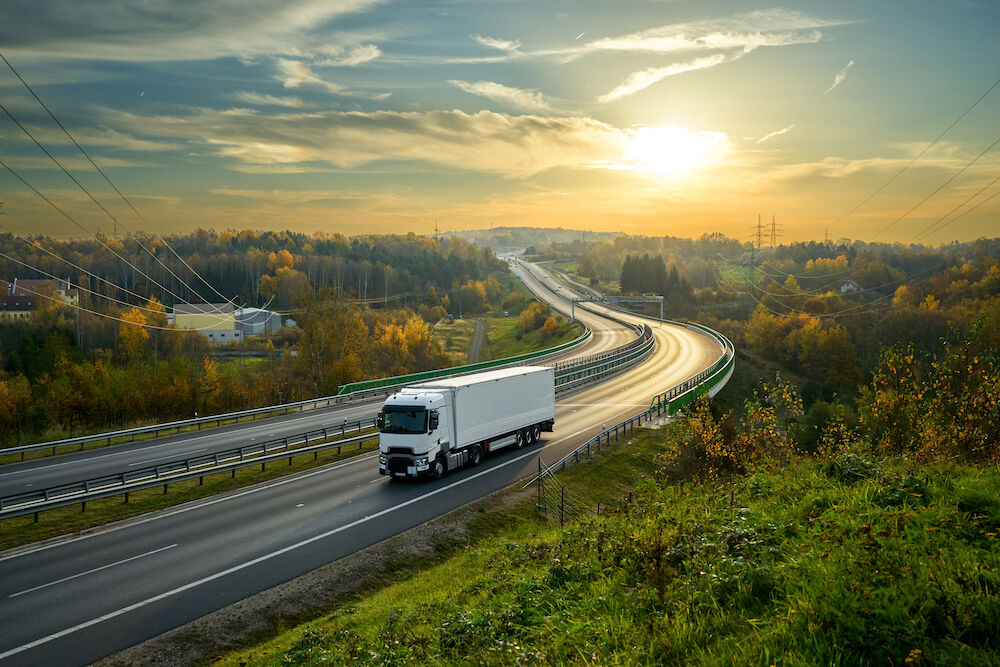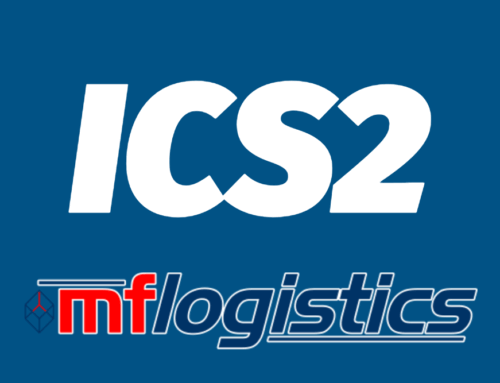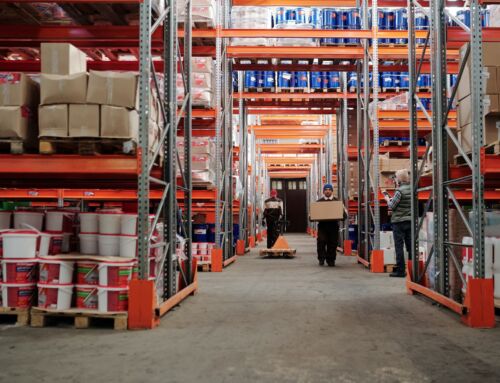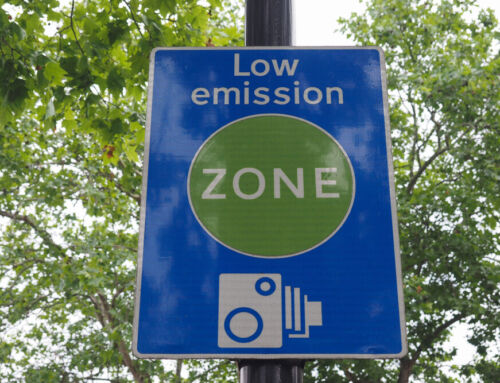Whatever your business, whatever sector you are in, operational efficiency is a big deal. If you waste or underutilize time and resources, you are effectively wasting money, whether through direct losses or unrealised profit potential.
For the freight and distribution sector, efficiency is especially important because it directly impacts our customers. Their operations depend on how quickly haulage firms can get their goods from A to B. Any cost savings that can be passed on by moving goods as efficiently as possible is a win for their margins.
Yet optimising road haulage for efficiency is not easy. A major issue is so-called ‘empty running’, or returning trucks without a payload. According to DfE statistics, 29% of HGV journeys in the UK run empty. This figure has gone in the wrong direction from a decade ago, when at 22% the UK had one of the better records in Europe.
Running empty is like doubling the costs of the journey – the contract might be for getting goods from A to B, but you have to buy diesel, pay tolls, book ferry passage, pay the driver and so on for the return journey, too. Or to put it another way, if you can find a payload to bring back, you halve the costs of the outward journey.
Another big issue affecting distribution efficiency is underutilization of available load space. Figures suggest that, in total, as little as 54% of available capacity is used in road freight across Europe – or, perhaps a better way of looking at it, 46% doesn’t get used. Improving that figure would have a drastic impact on freight costs.
As specialists in groupage, or distribution services that combine loads from multiple clients in order to maximise load utilisation, MF Logistics is right on the front line of efforts to increase efficiency in the freight industry. We know it is something that matters to our customers a great deal, out of concern for sustainability and reducing environmental impacts as much as costs.
We’re already seeing the emergence of technology-driven trends which we believe will radically improve load and journey efficiency in road freight over the next five years. Here are two we are particularly excited about.
Smart journey planning
Groupage is great for increasing load utilization. But it comes with efficiency challenges of its own. When you deliver multiple loads to multiple destinations, planning the best possible route becomes extremely challenging. The famous maths puzzle of how many routes a travelling salesman could take if he had to visit 10 different cities explains why – there are more than 3.6 million possibilities!
The logistics industry will increasingly lean on AI and Big Data analytics technology to solve these and other challenges. When you throw in extra variables like customers requesting priority delivery and factoring in how a truck is loaded and unloaded, it is clear that computers rather than people are best placed to make these calculations.
Real-time management
Of course, planning a delivery route in advance is only part of the story. Once a journey starts, all sorts of things can happen to force a change of plan – bad weather, traffic snarl ups, cancelled ferries, problems with the vehicle etc.
In the not too distant future, AI-powered freight management software won’t just be calculating groupage routes in advance (and adjusting them as and when new clients are added via a DFP). It will also be taking data from the onboard telematics system, and the smart infrastructure on the roads themselves, to advise drivers in real time of any potential problems.



